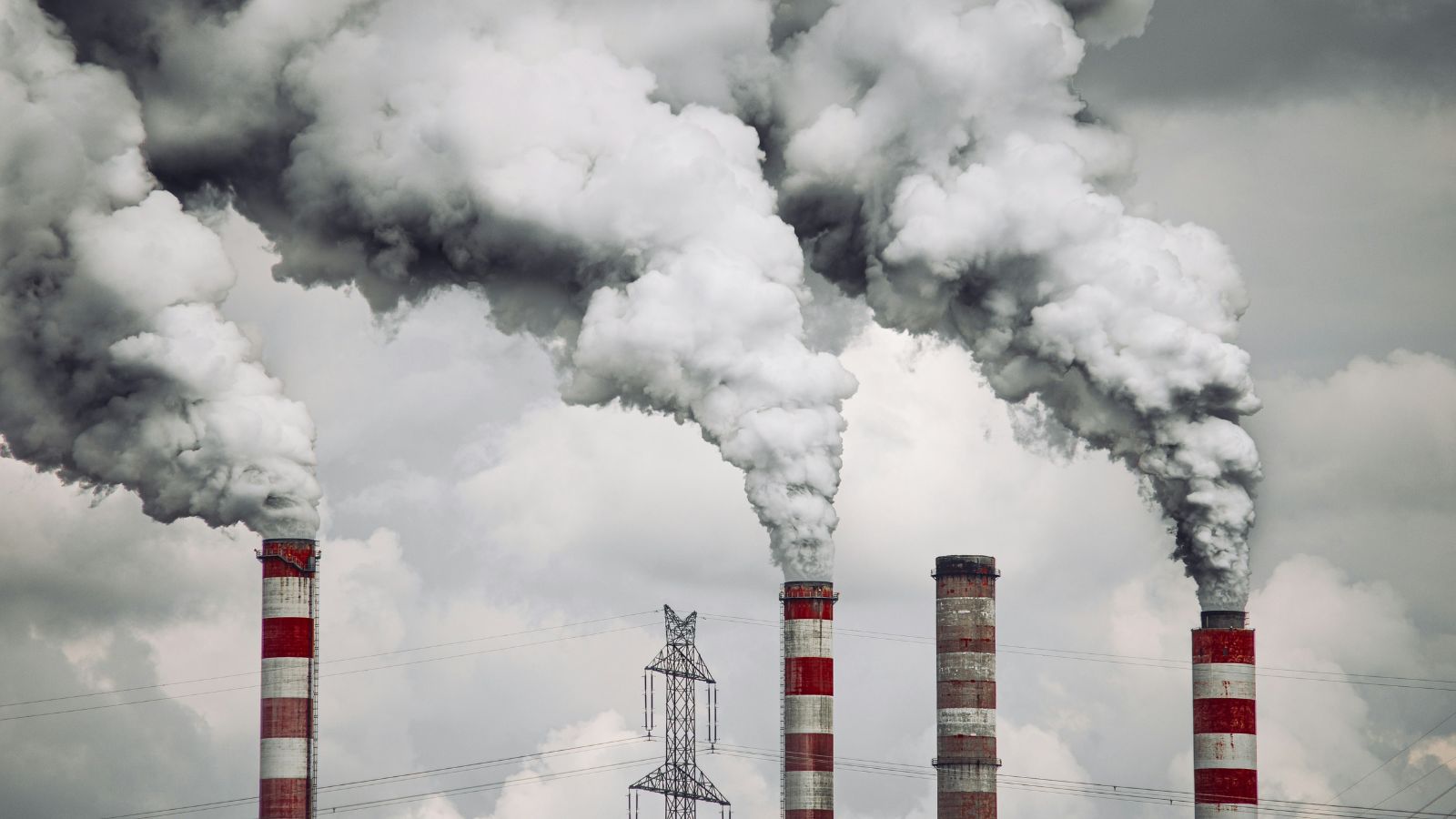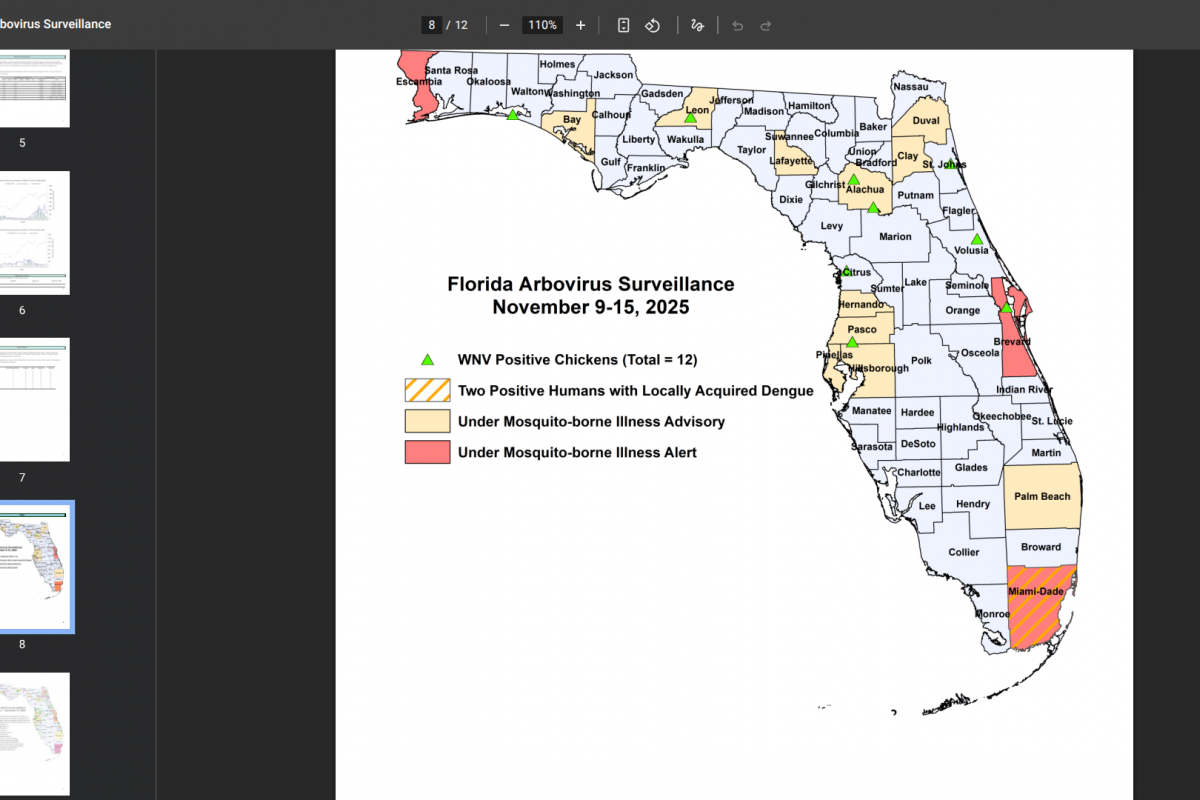US joins Saudi Arabia, Iran, and Russia in the group of countries doing the least to combat climate change – EL PAÍS English

2025 Climate Change Performance Index: A Report on Global Alignment with Sustainable Development Goals
Introduction and Key Findings
The 2025 Climate Change Performance Index (CCPI) was presented at the COP30 climate summit in Belém, Brazil. This annual report assesses the climate protection performance of 63 countries, which collectively account for over 90% of global greenhouse gas emissions. The findings highlight a critical gap in global efforts to meet Sustainable Development Goal 13 (Climate Action), as no nation is on a path fully compatible with the Paris Agreement goals. Consequently, the top three positions in the index remain unoccupied.
A significant development in the 2025 report is the sharp decline of the United States, which now ranks among the four worst-performing countries. This regression poses a substantial threat to global progress on climate-related SDGs.
CCPI Methodology and SDG Framework
Assessment Criteria
The CCPI, compiled by Germanwatch, the NewClimate Institute, and CAN International, evaluates nations based on four key performance categories. These categories are directly aligned with several Sustainable Development Goals, providing a framework for measuring progress on the 2030 Agenda.
- Greenhouse Gas (GHG) Emissions: This category, holding the most weight, directly measures progress towards SDG 13 (Climate Action).
- Renewable Energy: This assesses the development of clean energy sources, a core target of SDG 7 (Affordable and Clean Energy).
- Energy Use: This evaluates energy efficiency and consumption patterns, linking to SDG 7 and SDG 12 (Responsible Consumption and Production).
- Climate Policy: This reviews the strength and implementation of national and international climate policies, reflecting a nation’s commitment to SDG 13 and SDG 17 (Partnerships for the Goals).
Global Performance Rankings
Leading Nations in Climate Performance
While no country achieved a “very high” rating, several nations demonstrated a “high” level of performance, indicating positive steps towards achieving climate-related SDGs.
- (Vacant)
- (Vacant)
- (Vacant)
- Denmark: The highest-ranked country, recognized for its strong commitment to SDG 7 through ambitious renewable energy policies.
- United Kingdom
- Morocco
- Chile
Nations with “Very Low” Performance
The report identifies several countries whose actions are severely misaligned with global climate objectives, undermining progress on SDG 13.
- Russia
- United States
- Iran
- Saudi Arabia
National Performance Analysis and SDG Implications
Spain: Upward Trend in Climate Action
Spain demonstrated notable improvement, climbing five positions to 14th place and entering the “high” performance group. This progress is attributed to policies that support key SDGs.
- Alignment with EU Law: Integration of EU climate law into national action plans strengthens its commitment to SDG 13.
- Sustainable Economic Policies: The implementation of green taxation and the inclusion of climate criteria in public procurement advance SDG 12 (Responsible Consumption and Production).
- Fossil Fuel Transition: These policies are vital for a structured transition away from fossil fuels, supporting both SDG 7 and SDG 13.
United States: A Significant Setback for Global Goals
The United States received a “very low” rating across all four CCPI categories. The report attributes this dramatic decline to a large-scale rollback of climate policies under the Trump administration, which has severe implications for the global SDG framework.
- Undermining SDG 13 (Climate Action): The administration has actively revoked policies aimed at reducing GHG emissions and promoted the expansion of fossil fuels.
- Regressing on SDG 7 (Affordable and Clean Energy): Key policies supporting the development of renewable energy have been dismantled.
- Violating SDG 17 (Partnerships for the Goals): The withdrawal from the Paris Agreement and a threatening posture towards nations advancing climate action represent a direct assault on the multilateral cooperation essential for achieving the SDGs. The administration’s actions, such as threatening sanctions against countries supporting a tax on shipping emissions, actively work against the spirit of global partnership.
Despite the federal government’s position, sub-national leaders, including California Governor Gavin Newsom, continue to advocate for climate action, demonstrating a commitment to the SDGs at a local level, which aligns with SDG 11 (Sustainable Cities and Communities).
Analysis of Sustainable Development Goals in the Article
1. Which SDGs are addressed or connected to the issues highlighted in the article?
- SDG 13: Climate Action: This is the central theme of the article. The text revolves around the Climate Change Performance Index, which measures countries’ efforts to combat global warming, reduce greenhouse gas emissions, and implement climate policies. It directly discusses international climate summits (COP30) and agreements (Paris Agreement).
- SDG 7: Affordable and Clean Energy: The article explicitly mentions that the performance index evaluates countries based on “the development of renewable energy” and “energy use.” It highlights Denmark’s high ranking due to its “commitment to renewable energy” and criticizes the U.S. for revoking “key policies supporting renewable energy build-up” and promoting “fossil fuel expansion.”
- SDG 17: Partnerships for the Goals: The article discusses the importance of international cooperation in tackling climate change. It refers to the COP30 climate summit as a key multilateral forum and mentions the U.S. withdrawal from the Paris Agreement and its “threatening attitude toward countries that have sought to advance climate action” as a breakdown of this partnership. The creation of the index itself is a partnership between Germanwatch, the NewClimate Institute, CAN International, and over 450 experts.
2. What specific targets under those SDGs can be identified based on the article’s content?
-
Under SDG 13 (Climate Action):
- Target 13.2: “Integrate climate change measures into national policies, strategies and planning.” The article is fundamentally about this target. It assesses national “climate policies,” praises Spain for integrating EU law into “national action plans,” and details the U.S. administration’s “large-scale rollback of climate policies at the national and international levels.”
- Target 13.a: “Implement the commitment undertaken by developed-country parties to the United Nations Framework Convention on Climate Change…” This is directly addressed when the article mentions that Trump has “withdrawn the United States from the Paris Agreement,” which is the primary instrument for implementing these commitments.
-
Under SDG 7 (Affordable and Clean Energy):
- Target 7.2: “By 2030, increase substantially the share of renewable energy in the global energy mix.” The article uses the “development of renewable energy” as a key metric for ranking countries. It praises Denmark for its commitment and criticizes the U.S. for revoking policies that support renewable energy.
- Target 7.3: “By 2030, double the global rate of improvement in energy efficiency.” The index’s inclusion of “energy use” as a category for ranking nations directly relates to this target, as improving energy efficiency is a primary way to manage energy use.
-
Under SDG 17 (Partnerships for the Goals):
- Target 17.16: “Enhance the global partnership for sustainable development, complemented by multi-stakeholder partnerships…” The article highlights the COP30 summit as a crucial platform for this global partnership. It also points to the failure of this partnership through the U.S. decision “not to send negotiators to COP30” and its isolationist stance.
3. Are there any indicators mentioned or implied in the article that can be used to measure progress towards the identified targets?
- Greenhouse Gas Emissions Levels (Indicator for Target 13.2): The article states that “greenhouse gas reduction” is the category that “carries the most weight in the final score” of the Climate Change Performance Index. This is a direct quantitative indicator of progress.
- Development and Implementation of National Climate Policies (Indicator for Target 13.2): The index explicitly ranks countries on “climate policies.” The article provides qualitative examples, such as Spain’s “Green taxation policies” and the U.S. “rollback of climate policies,” which serve as measures of this indicator.
- Share of Renewable Energy (Indicator for Target 7.2): The ranking category of “development of renewable energy” implies a measurement of the growth and share of renewables in a country’s energy mix. Denmark’s high ranking is attributed to its “commitment to renewable energy.”
- Energy Consumption Levels (Indicator for Target 7.3): The “energy use” category in the index serves as an indicator for energy efficiency. A country’s performance in this category reflects its progress in managing energy consumption.
- Participation in International Environmental Agreements (Indicator for Target 13.a and 17.16): The article explicitly mentions the U.S. withdrawal from the Paris Agreement and its absence from COP30 negotiations. A country’s ratification of and active participation in such agreements is a clear indicator of its commitment to global partnerships and climate action.
4. Summary Table of SDGs, Targets, and Indicators
| SDGs | Targets | Indicators Identified in the Article |
|---|---|---|
| SDG 13: Climate Action |
13.2: Integrate climate change measures into national policies, strategies and planning.
13.a: Implement commitments to the UNFCCC. |
– Greenhouse gas emissions reduction rates (most weighted factor in the CCPI). – Existence and strength of national climate policies and action plans. – Ratification of and participation in international agreements (e.g., Paris Agreement, COP30). |
| SDG 7: Affordable and Clean Energy |
7.2: Increase the share of renewable energy.
7.3: Improve energy efficiency. |
– Performance score in the “development of renewable energy” category of the CCPI. – Performance score in the “energy use” category of the CCPI. |
| SDG 17: Partnerships for the Goals | 17.16: Enhance the global partnership for sustainable development. |
– Active participation in multilateral forums like the COP climate summits. – Collaboration in multi-stakeholder initiatives (e.g., the creation of the CCPI report). – Adherence to international environmental agreements. |
Source: english.elpais.com
What is Your Reaction?
 Like
0
Like
0
 Dislike
0
Dislike
0
 Love
0
Love
0
 Funny
0
Funny
0
 Angry
0
Angry
0
 Sad
0
Sad
0
 Wow
0
Wow
0















































































